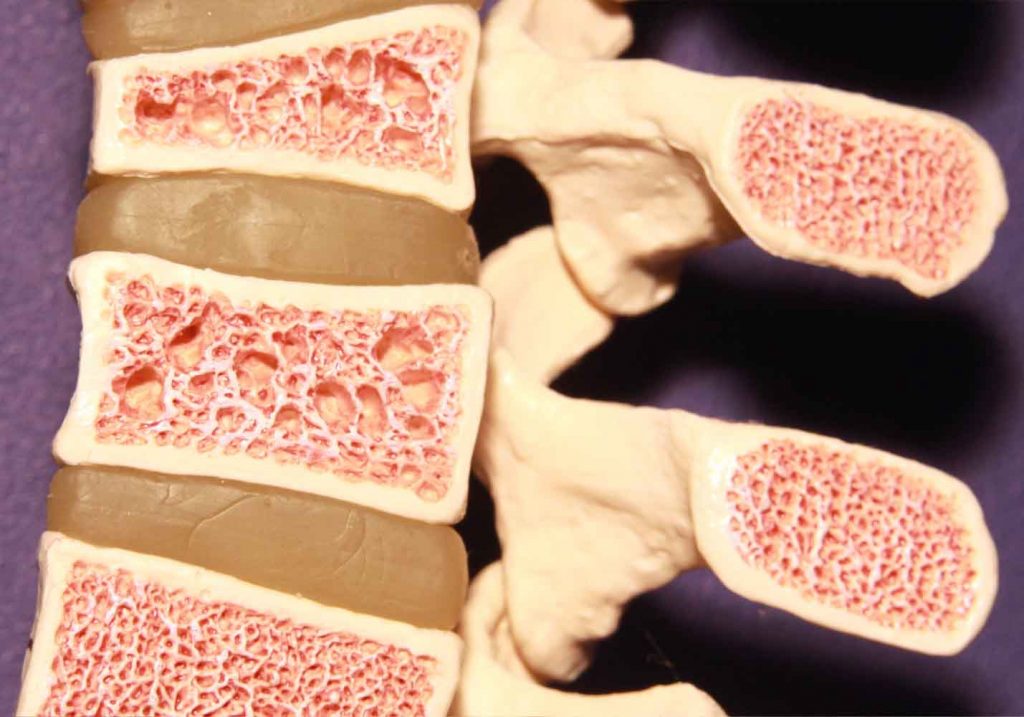Hey there! If you’ve ever experienced back pain, you might have heard of lumbar spondylosis or osteoporosis. But what exactly are they, and how are they related? Let’s dive into the details and uncover everything you need to know about these two conditions.

Understanding Lumbar Spondylosis
Alright, let’s start with lumbar spondylosis. This mouthful of a term simply refers to degeneration of the spine in the lower back. As we age, the discs and joints in our spine can start to wear down, leading to pain, stiffness, and decreased mobility. It’s like the creaky floorboard of the human body – not fun, but pretty common, especially as we get older.
Getting to Know Osteoporosis
Now, let’s talk about osteoporosis. This sneaky condition is characterized by weak and brittle bones, making them more prone to fractures. It’s like having a house made of sticks instead of bricks – not the sturdiest foundation to build on. Osteoporosis can affect anyone, but it’s more common in women and older adults.
The Connection Between the Two
So, what’s the deal with lumbar spondylosis and osteoporosis? Well, they’re kind of like two peas in a pod when it comes to causing back pain. You see, as the bones in your spine weaken due to osteoporosis, they’re more likely to develop problems like lumbar spondylosis. It’s like a domino effect – one thing leads to another, and before you know it, you’ve got a whole lot of back pain on your hands.
Managing Lumbar Spondylosis and Osteoporosis
But fear not, my friend! There are plenty of things you can do to manage lumbar spondylosis and osteoporosis and keep them from cramping your style. Here are a few tips to get you started:
- Stay Active: Regular exercise, especially weight-bearing and resistance exercises, can help strengthen your bones and improve your overall spine health.
- Eat Right: Make sure you’re getting plenty of calcium and vitamin D in your diet to keep your bones strong and healthy. Think dairy products, leafy greens, and fortified foods.
- Watch Your Posture: Pay attention to how you sit, stand, and move throughout the day. Good posture can help prevent further damage to your spine and reduce pain.
- Talk to Your Doctor: If you’re experiencing back pain or think you might have lumbar spondylosis or osteoporosis, don’t hesitate to reach out to your healthcare provider. They can help diagnose the problem and recommend the best treatment options for you.
Wrapping Up
So, there you have it – the lowdown on lumbar spondylosis and osteoporosis. While they may not be the most glamorous topics, they’re definitely important ones to know about, especially if you’re dealing with back pain. Remember, taking care of your spine is key to living a happy and healthy life, so don’t ignore those creaks and cracks – they might be trying to tell you something!